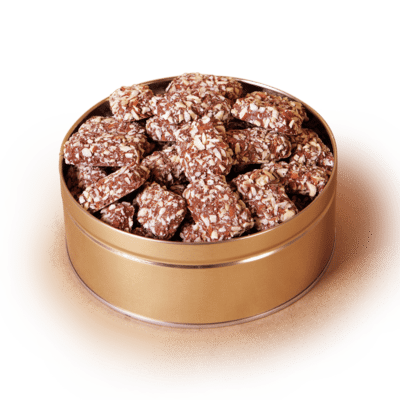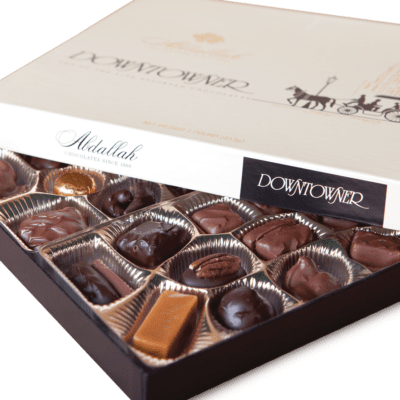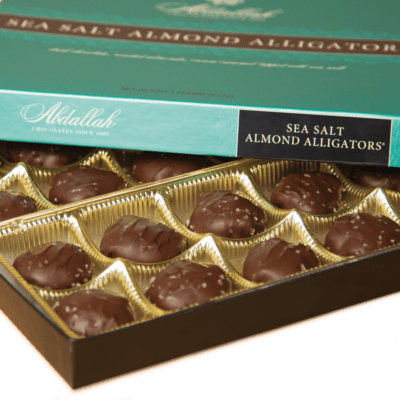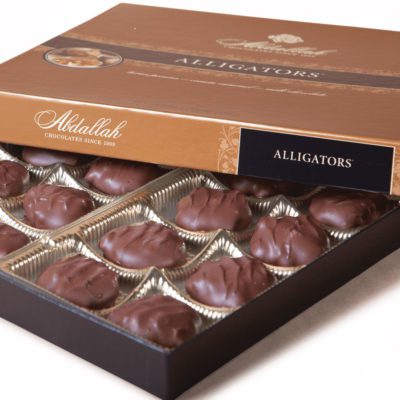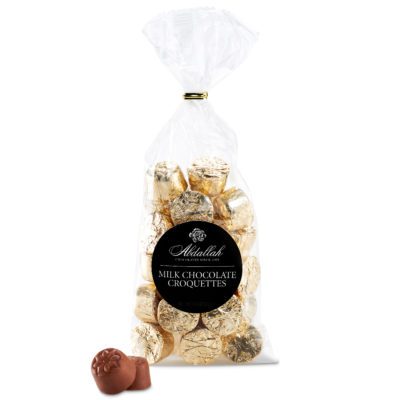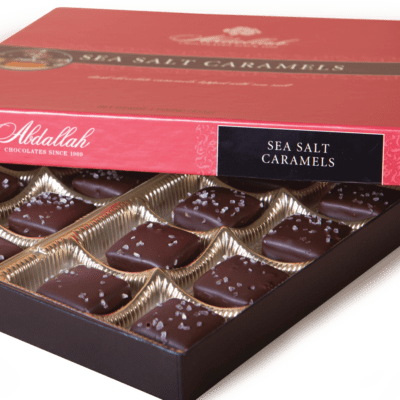Chocolate is one of the most popular foods of all time-nearly everyone loves the stuff, and it comes in a multitude of forms, from hot cocoa to chocolate cake to Snickers bars to high-end truffles. But how is chocolate made? The process can take weeks from start to finish, or it can take less time, depending on the quality of the chocolate.
Making chocolate includes five general steps: Harvesting, Fermentation, Processing, Mixing, and Molding. Learn more about each of these steps below.
Steps to answer the question “how is chocolate made”
Learn every step of how the delicious chocolate you love is made. Just try not to drool on your keyboard while you read.
Step 1: Harvesting
The primary component of chocolate comes from the cacao tree, which only grows in hot, humid climates. Currently, most of the world’s chocolate is grown in Africa.
Cacao trees produce pods that usually measure between 5 and 12 inches long. The pods are the cacao tree’s fruit: each pod contains about 30 to 50 seeds. These seeds are called cacao beans, and they form the base material for chocolate production.
When the cacao pods are ripe and ready to harvest, workers chop them off the tree and crack them open to get to the seeds.
Step 2: Fermentation and Drying
Before the cacao beans head to the chocolate factories, they have to be fermented and dried. The first step, fermentation, helps the beans become more flavorful. Workers put the beans in big covered wooden containers for up to seven days. The workers will also stir the beans occasionally to make sure that they all ferment evenly.
In the beginning, these seeds are called cacao beans, after the tree they came from. After being fermented, cacao beans are called cocoa beans, and they begin to resemble chocolate.
Next, the beans have to be dried before they can be shipped. Workers take the beans out of the fermentation containers and spread them out under the sun in a single layer. Drying the beans stops them from growing mold while they are shipped.
Step 3: Factory Processing
After the cocoa beans have been dried, they are sent to factories. Before the factories can make the chocolate treats we all know and love, they have to process the beans further.
The first step is cleaning. The beans may have dirt, bugs, or other debris packed with them, and few people want that in their chocolate. Usually, factories will simply sift the beans to let any foreign objects fall out.
Next, the factory roasts the cocoa beans for 30 minutes to two hours at about 210 to 290 degrees Fahrenheit. Roasting dries the beans even further and deepens their flavor.
After the beans are roasted, the factory must winnow them. Cocoa beans have a thick outer shell, so the factory splits and blows it off. The resulting part of the bean is called the nib, and if you ate one, you’d recognize the chocolate flavor. However, these nibs are very, very bitter on their own.
The factory grinds the nibs up. At this point, they form a paste called chocolate liquor. Don’t be confused-despite the name, chocolate liquor isn’t alcoholic. The next step varies, depending on what chocolate product the factory wants to make.
Chocolate liquor can be separated into two types of substances, cocoa solids (you can think of it as essentially cocoa powder) and cocoa butter (the fats from the cocoa bean). If the factory wants to make and sell cocoa powder or to make some extra cocoa butter, they will put the chocolate liquor through this separation process. Otherwise, the chocolate liquor is ready to go to the next steps on its way to becoming chocolate.
Step 4: Mixing
Chocolate liquor is very bitter and powdery. To give it the smooth, rich, sweet taste people love, the factory must add in some extra ingredients and process it a little more.
Just about all chocolate has added sugar to offset the bitter taste of chocolate liquor. However, the other ingredients depend on what kind of chocolate is being made: you might find vanilla, milk, mint, or other ingredients. To make the chocolate richer, some factories will add in extra cocoa butter.
After the ingredients are mixed together, the substance goes through what’s called “conching.” A machine essentially grinds and blends the chocolate to make it smoother. Depending on the quality of the chocolate, conching can take a few hours or a few days.
Step 5: Tempering and Molding
Now the chocolate tastes right and has a smooth texture, but it won’t form into hard bars. To make the chocolate a little harder, the factory will temper it, which means heating the chocolate, letting it cool, and then heating it again over and over until it’s just right. After the chocolate is tempered, it will harden correctly.
All that’s left is to shape the chocolate into whatever form the manufacturer wants by dropping the liquid chocolate into molds and letting it harden. Then you’ll see and recognize the tasty treat you know as chocolate!
Making chocolate takes many years to perfect. If you’d like to try quality chocolate made from the best materials, try a box from Abdallah. We handle our chocolate with care and precision from start to finish, giving you a truly superior candy.
See How Abdallah Chocolate is Made
If you want a quick peak into the Abdallah Chocolate Factory, and want a detailed description of our processes, you should look into our bus tours!
Learn more about our bus tours here.
How Chocolate is Made Video
A few videos online will show you the steps. Check out this video for a visual answer to the question “how is chocolate made”:
Have further questions about how to make chocolate? Comment below and we can help you out!


